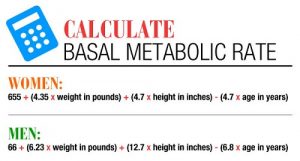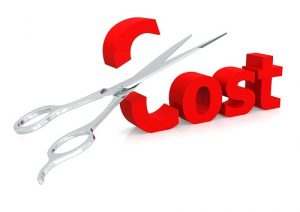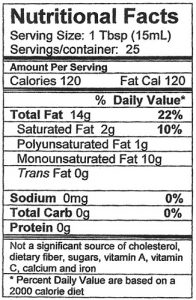Josie and I were working on her nutrition homework when she came upon a question: should we place higher taxes on fast food? I said “no,” because it would only be raising the taxes on the poor and would cost jobs. I explained that it is the poor that consume the most fast food (something her book confirmed). She agreed with me (she hates taxes too). She said that if there was no fast food, there would be no cheap food to eat. I told her she was wrong there. That eating fast food was actually very expensive. It would be cheaper to eat at home.
And that is how a debate flowers into a bet.
I am going to prove to Josie that cooking at home is far cheaper than eating fast food and am going to do it in a way that uses hard numbers and stats to prove. I will not worry so much about the health benefits of the meal (vitamins and things like that) but there will be certain criteria that must be met and some of the conditions that must be added into the final total of the meals. I did not realize how complex this whole thing could be. So here are the ground rules.
On one day, I will make home cooked meals and snacks chosen from a store. On the second day, all meals with come from restaurants. The restaurants can be regular sit down places or fast food places. one this day, even snacks must come from a restaurant.
Calculate BMR
Basal metobolic rate (BMR) is the minimum number of calories on needs simply to live while she is at total rest for a 24-hour period. Our bodies burn caolries constantly, even if we are sitting in bed all day. Out hearts beat, our brains fire nuerons and our lungs take in air just to name a few things we do. BMR tells us what we need to maintain life.
But there is going to be more. We will need to calculate the physical activity we will go through throughout the day. Tis will increase the number of calories we need to take in. This is also something we can calculate with the base BMR.
See, we need to assure ourselves of something during this experiment. We need to make sure we are eating enough to survive. Whether it is healthy or not is not the point. Also, going over the number of calories recommended by the BMR is not important. We are going to measure that in another way later. I bet that is going to be a surprise.
Calculating Cost
This is the tough part: how much does each meal cost. I am a tad insane so I really thought about this. This is where I think my readers can help me out. If you have any suggestions about how I figured out cost, please comment below.
Here are the rules:
For fast food, calculate the cost of the meal. That is it. nothing more
For home cooked meals, report what each ingredient cost based on the amount used. For example, if you paid $1.00 for garlic but only used on clove, figure our how much that clove cost. Leftovers are a good thing.
When preparing a meal, take the time it took to prepare and multiply it by $10 and hour. This is the minimum wage in California for companies with under 25 employees.
Travel time does not count with fast food. Do not calculate preparation time.
If food is left over for either meal and there are plans to eat that food later, find the total cost for the meal and multiply by the percentage remaining. By the way, YOU MUST EAT THE LEFTOVERS! For example, my pasta dish cost $10 to make but I only ate half. I will take the rest to work tomorrow (10.0*.5=5.0). When cooking at home, I always make leftovers so I have a few meals left.
This should give the real cost of each meal.
Nutritional Value of Each Meal
I know this is not the point of this bet but I still think it is very important. What is the point of eating a cheaper meal if you are going to die of a heart attack, stroke and cancer at the same time? We are going to look at the nutritional value of each meal and compare the two. Even if a meal or two of home cooking is more expensive (and I doubt they will be), it might be worth it if you meet the Daily Recommended Intake (DRI). Thre are a feew things we will need to calculate.
Total fat. How many grams of fat. Also, how many grams of unsaturated fats (good), saturated fats (bad) and trans fats (evil). Total cholesterol. Total sodium. I love salt so cooking at home is going to jack this one up. Total carbohydrates including sugar and fiber. Finally, the amount of protein.
I might have to break down specific ingredients to get an accurate count.
That is it. What do you think? Am I missing anything? I would love to hear your opinions. Please comment below.
Follow me on Twitter @RunninFewl
Pictures courtesy of:
idmc.info
genesishealth.com
Health.wikinut.com
decipherforensics.com
thetastefulolive.com
soshable.com







